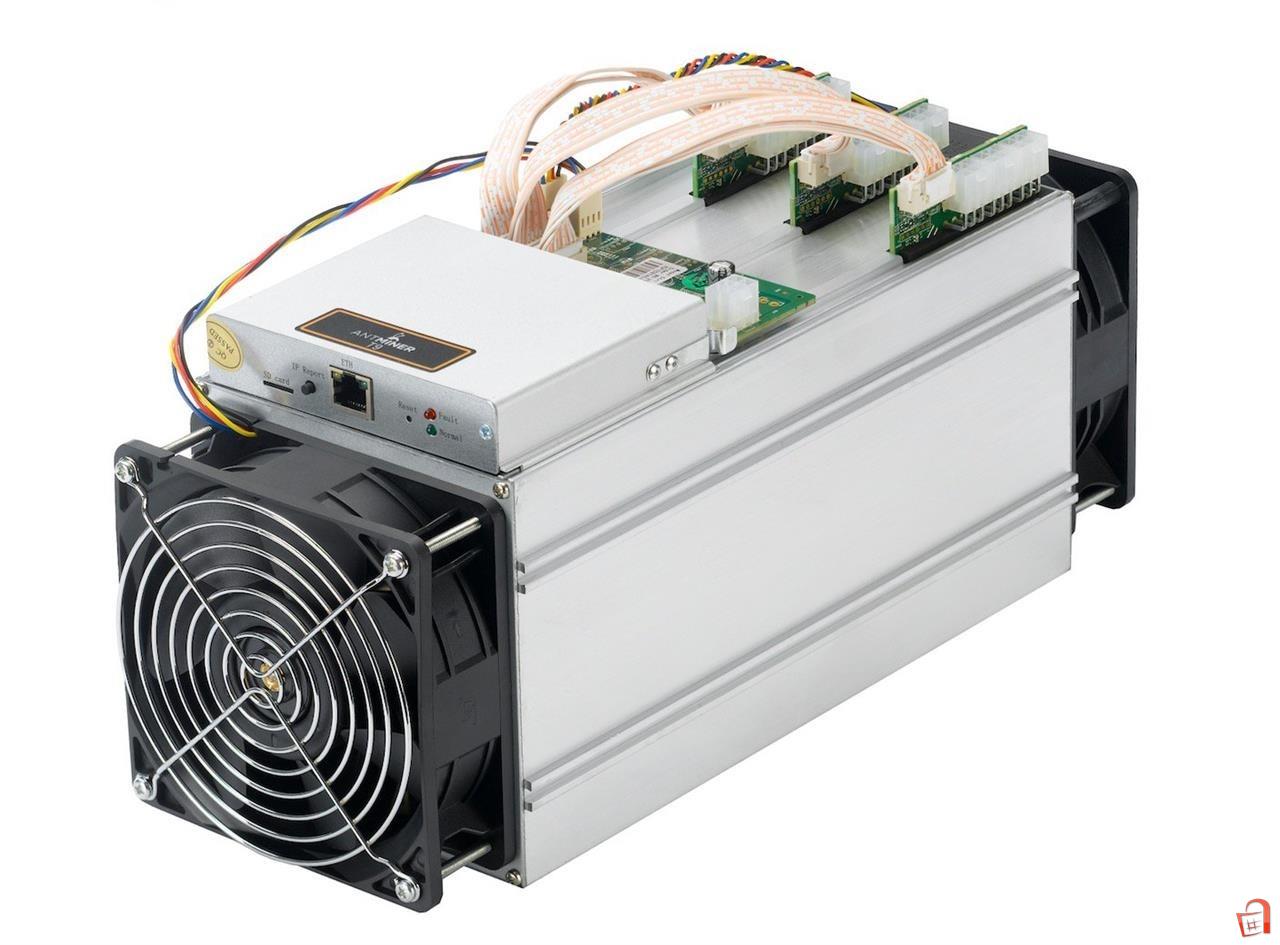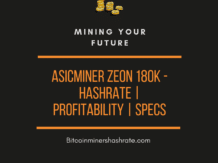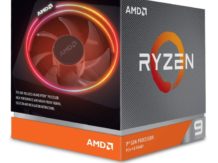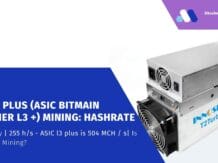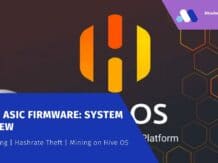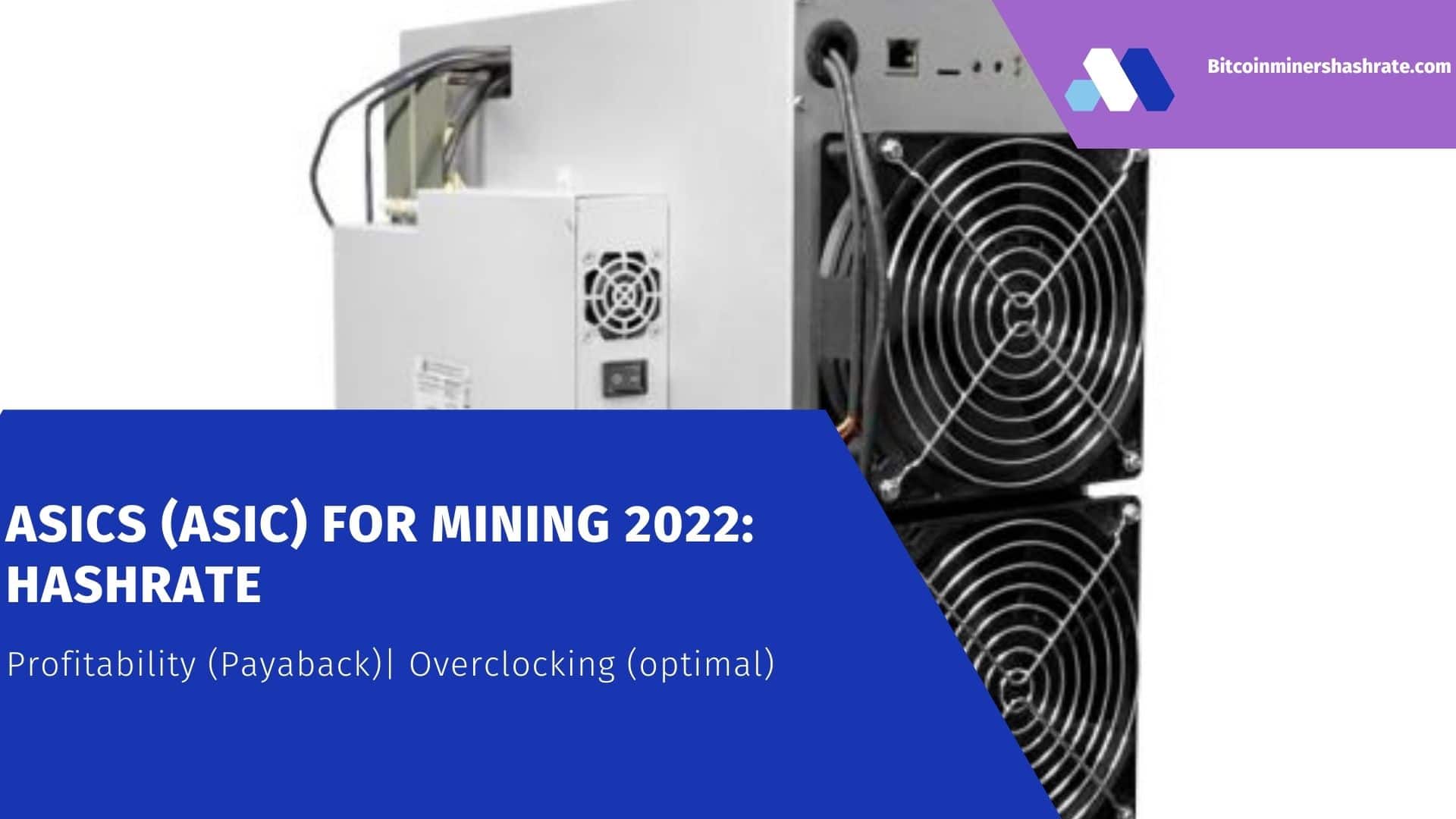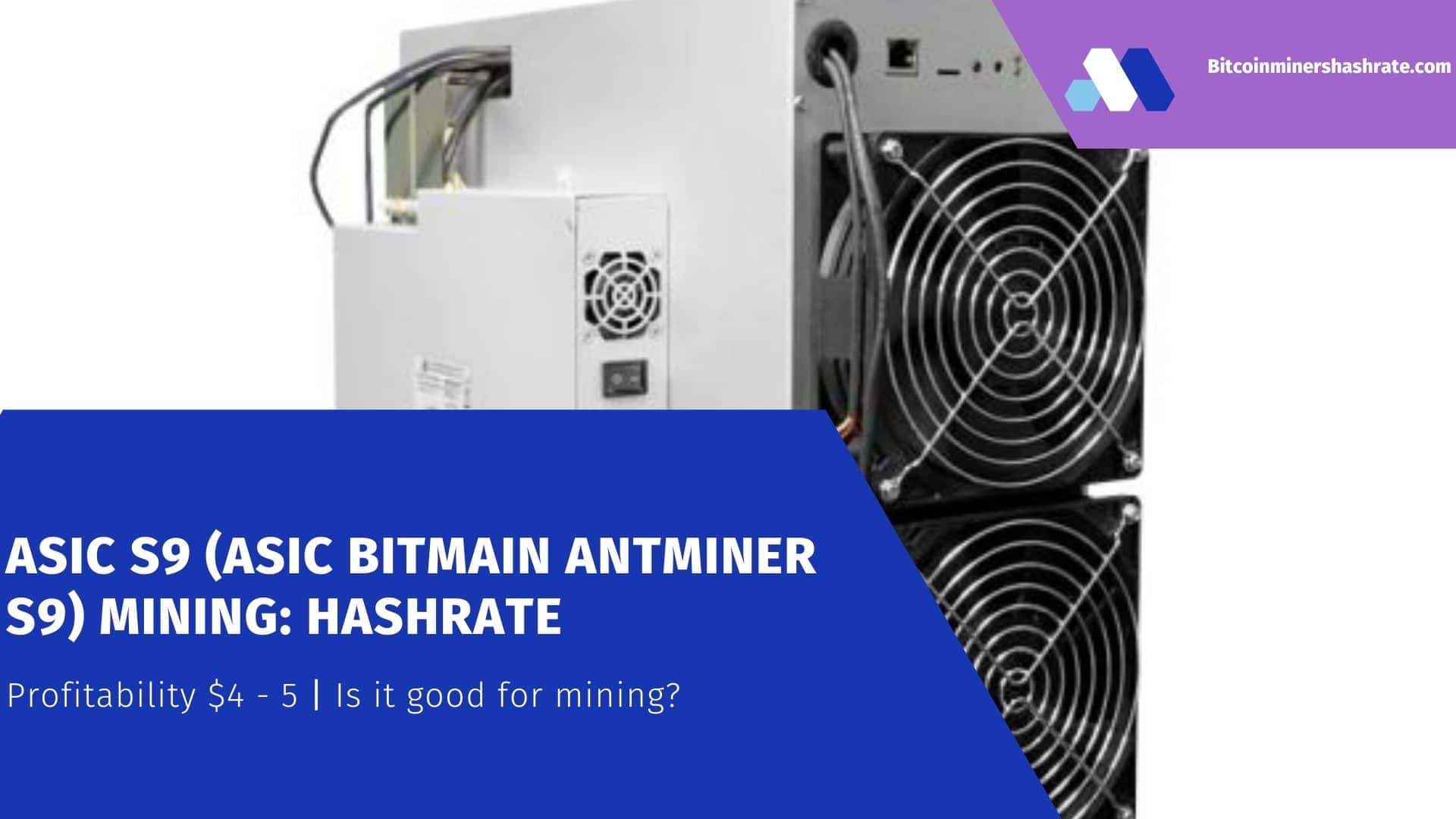Ebit E9 Plus is a miner from the next Chinese manufacturer, which was created to compete with some Antminer (hashrate), if not in absolute performance, then in the relative economic efficiency of the device. What exactly E9 Plus can attract or bring to the table of crypto traders.
E9 Plus Feature Overview
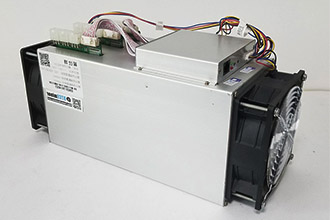
Ebang is a Chinese brand, which began its activities in the market with the production of telecommunication systems. In the wake of the popularity of ASIC equipment in the environment of cryptocurrency, Ebang expanded the range of products, releasing its version of ASIC, popularly known as Ebit E9 Plus Miner 9TH / S. The general characteristics of the miner look like this:
- Number and type of chips: 96 * DW1227 14nm (on 2 boards)
- Hashrate: 9 TH / s (± 5%).
- Power Consumption: 880W (± 5%)
- Dimensions: 290 * 126 * 155 mm.
- Weight: 4.5 kg.
The device comes with a 1500W power supply unit with six-pin wires. According to him claimed 93% performance coefficient.
The miner is equipped with an installed control board. There are 96 DW1227 14nm chips on two boards. There are also 2 PCI-e6pin slots on each board, and a network cable connector on the control board. To prepare for the Ebit E9, first the power is connected to the boards, and then the network cable is inserted.
An asik was developed for processing scripts of the SHA256 algorithm, on which the Bitcoin network operates, but besides it, some more fork systems, as well as Syscoin, Peercoin, Emercoin, Namecoin, and a number of other cryptocurrencies whose capitalization exceeds $ 20 million.
Specification and Hashrate
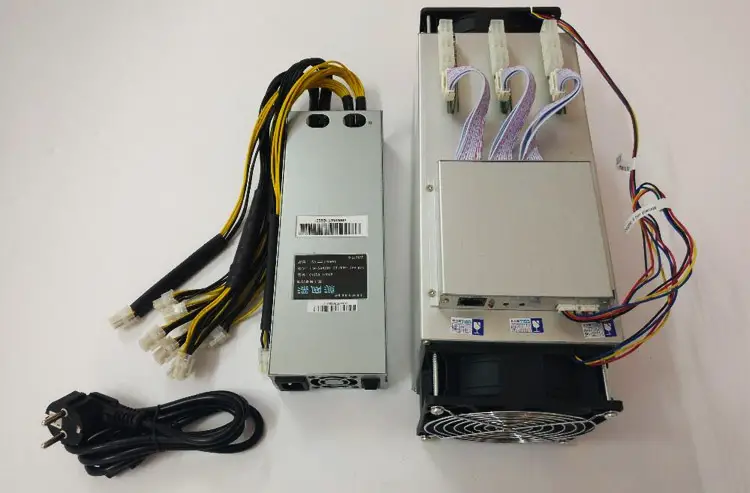
After its release, Ebit E9 caused an ambiguous reaction from users. When comparing it with the S9, the miner Ebit E9 lost both in computing power and in terms of power consumption, calculated for 1 terah. So for S9, this value was 93.2 W / terahesh, and for E9 + already – about 145 W / terahesh, which suggested an increase in costs during the operation period. However, the Ebit E9 + turned out to be much easier to buy, and, moreover, it cost much less. For example, a miner could be bought from an Ebang official representative in early 2018 for 195 thousand rubles. As a result, the payback schedule for the aggregate of all parameters for the E9 + looked more attractive.
But a number of users were confused not only with performance, but also with some technical imperfection. Not all devices in the same batch worked equally stable. Sometimes problems arose due to the fault of the users themselves, who, according to the habit, accelerate the device manually or slow down the fan. Basically, the safety margin of the equipment allowed such variations, but often the E9 + overheated and buggy. In the aggregate of experiments, the following dynamics of temperature change can be traced:
- At a frequency of 735 MHz, the recommended average extraction rate of 9 Th / s is 47.
- Frequency 770 MHz – temperature about 51-60 – 9.4 Th / s
- The frequency of 780 MHz (assuming stable operation) is a temperature of 65 ℃ – 9.5 Th / s
There were also frequent problems with the coolers and the volume (the sound was initially declared at the level of 70 dB). Closing the air intake grille, located on the front side of the device, was intended, according to the developers, to also reduce noise. In practice, judging by the numerous reviews, Ebit E9 9TH gave the sound uneven, “floating” and “wavy.” Some users coped with this problem by various “manual” improvements that were associated either with a radical replacement of the power supply or with some changes in the design of the cooler. For example, the cooler was removed by 20-25 mm at the exit (screwed with longer screws) to get rid of the resulting backpressure. Also in the first installments, Ebit problematically implemented the controllability of coolers in the miner’s firmware. Subsequent firmware gradually began to fix the initial glitches.
At the end of 2017, the company introduced another ASIC model with a hashrate of about 19.8 TH / S – EBIT E10, which for March-April 2018 was considered to be optimal in terms of payback (including due to the presence of more modern 10 nm chips). However, the price of the new miner is one and a half times higher than that of the E9 Plus 9TH / S, which makes it possible so far not to write off E9 + from the accounts.





